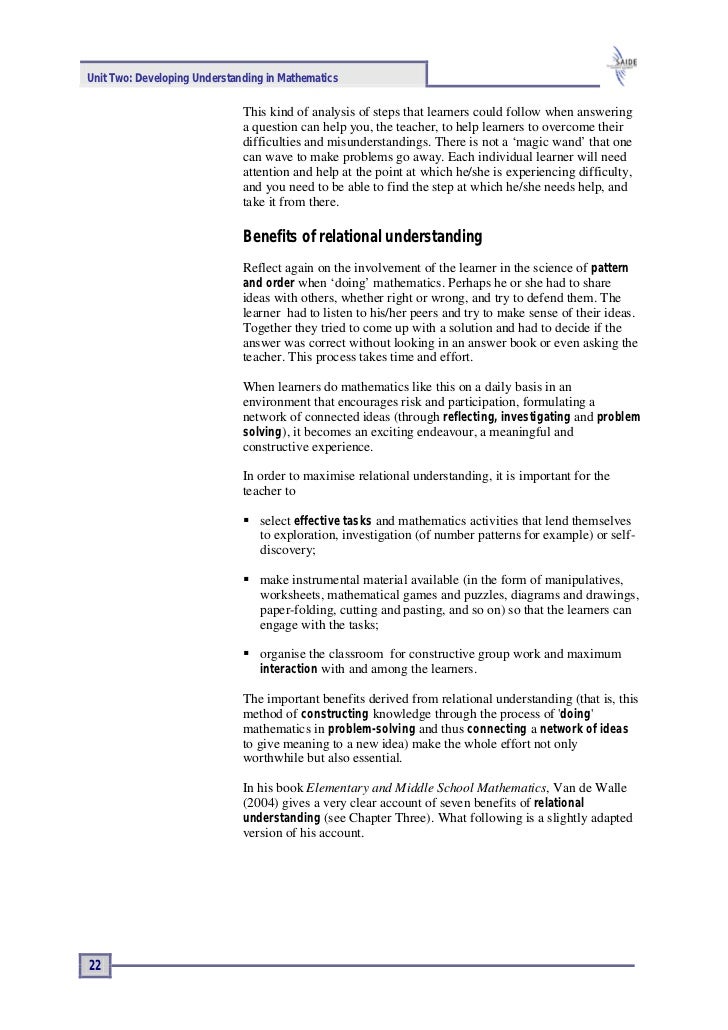Asce 7 10 Chapter 30 Pdf Converter
1 PROPOSAL 8-113R1 (2009) 2 3 4 5 6 7 8 9 10 11 12. Commentary is developed in accordance with the format and sections of ASCE 7-05. This Chapter was. “Development of Risk- Targeted Earthquake Ground Motions. (Chapter 21) of. “Development of Risk- Targeted Earthquake Ground Motions for use in. Calculation of Wind Loads on Structures according to ASCE 7-10. Envelope Procedure for low-rise buildings as specified in Chapter 28. Is 30 m x 15 m in plan as.


Prepared by the Committee on Minimum Design Loads for Buildings and Other Structures of the Codes and Standards Activities Division of the Structural Engineering Institute of ASCE. Minimum Design Loads for Buildings and Other Structures, ASCE/SEI 7-10, provides requirements for general structural design and includes means for determining dead, live, soil, flood, snow, rain, atmospheric ice, earthquake, and wind loads, as well as their combinations, which are suitable for inclusion in building codes and other documents.
This Standard, a revision of ASCE/SEI 7-05, offers a complete update and reorganization of the wind load provisions, expanding them from one chapter into six. The Standard contains new ultimate event wind maps with corresponding reductions in load factors, so that the loads are not affected, and updates the seismic loads with new risk-targeted seismic maps. The snow, live, and atmospheric icing provisions are updated as well. In addition, the Standard includes a detailed Commentary with explanatory and supplementary information designed to assist building code committees and regulatory authorities. The third printing of Standard ASCE/SEI 7-10 incorporates errata and includes Supplement 1. In addition, the seismic commentary has been expanded and completely revised. Standard ASCE/SEI 7 is an integral part of building codes in the United States.
Many of the load provisions are substantially adopted by reference in the International Building Code and the NFPA 5000 Building Construction and Safety Code. Structural engineers, architects, and those engaged in preparing and administering local building codes will find the structural load requirements essential to their practice.
Note: Purchasers of the first and second printings of Standard 7-10 can download the. They can download the from the ASCE Library. Johnny Juliano Beat Vault Instrumentals Beats. Logitech Extreme 3d Pro Pdf Software.
This helpful guide focuses on the wind load provisions of Minimum Design Loads for Buildings and Other Structures, Standard ASCE/SEI 7-10, that affect the planning, design, and construction of buildings for residential and commercial purposes. The 2010 revision of the Standard significantly reorganized the wind load provisions, expanding them from one to six chapters. Simplified methods of performing calculations for common situations were added to the Standard, and guidelines for components and cladding were gathered in a single chapter. Wind Loads provides users with tools and insight to apply the Standard in everyday practice. This revised and updated guide introduces readers to the relevant sections of the Standard and provides a comprehensive overview of the design procedures and the new wind speed maps. Ten chapters with 14 worked examples demonstrate the appropriate use of analytical and simplified procedures for calculating wind loads for a variety of common structure types. The guide also answers more than 30 frequently asked questions, grouped by topic.
This book is an essential reference for practicing structural engineers, as it offers the most authoritative and in-depth interpretation of the wind loads section of Standard ASCE/SEI 7-10. About the Authors Kishor C. Tamil Dubbed Krrish 2 Movie Download more. Mehta, Ph.D., P.E., Horn Professor of Civil Engineering, is the founder and former director of Wind Science and Engineering Research Center at Texas Tech University, Lubbock, Texas. He served as chairman of the ASCE 7 Task Committee on Wind Loads for ASCE 7-88 and ASCE 7-95.